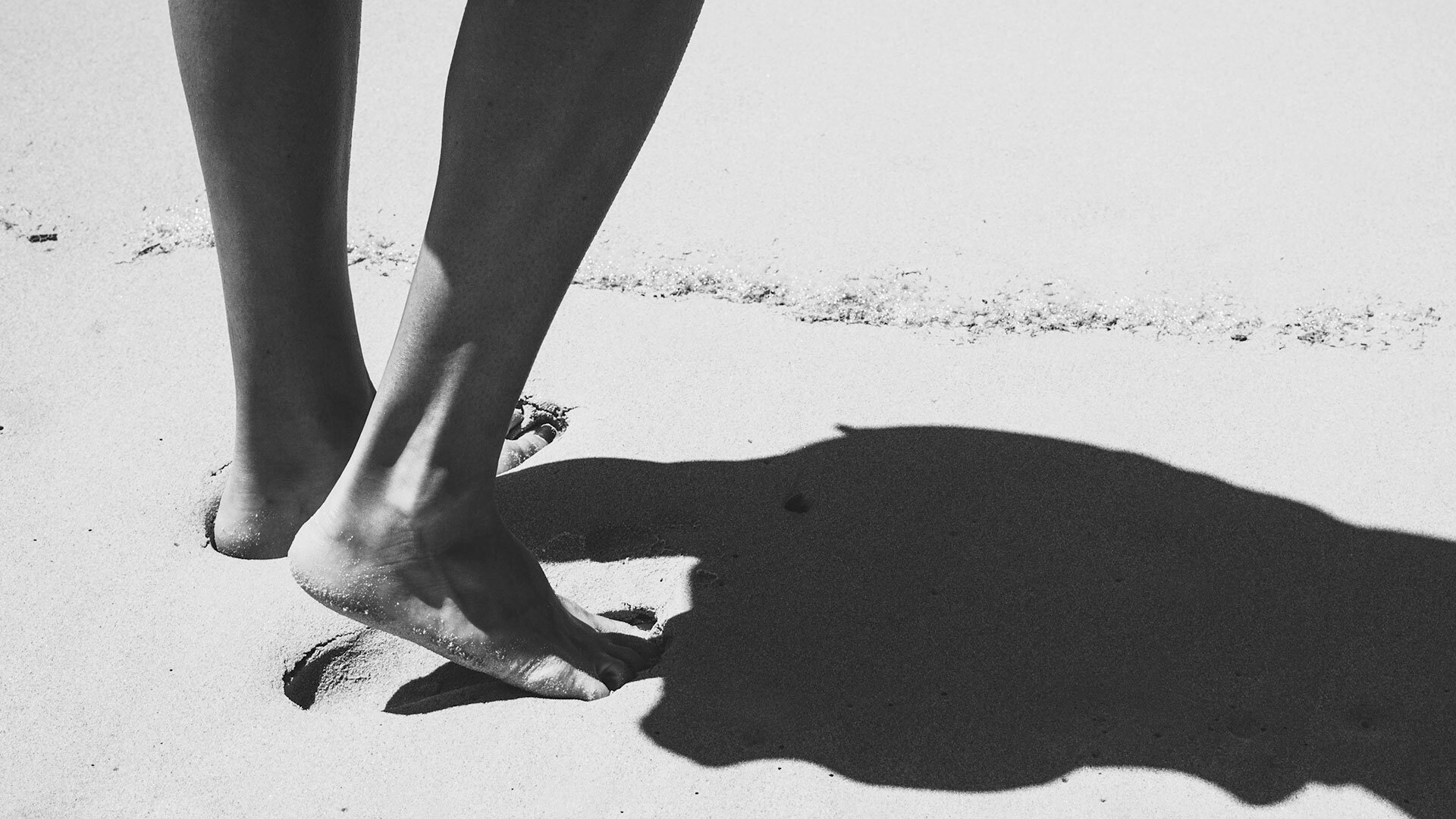Heel pain is commonly caused by plantar fasciitis, an inflammation of the thick tissue that runs along the bottom of the foot.
Orthopaedic surgeon Dr Geoff Tymms from OrthoSport Victoria says most heel pain is caused by degeneration and overuse of the plantar fascia ligament.
“Plantar fascia is a structure in your foot that passes from the heel down into the base of the toes,” Dr Tymms says. “It helps support the arch structure of your foot.
Symptoms
Dr Tymms says the main symptom of plantar fasciitis is heel pain on weight-bearing.
Most typical is pain in the morning, getting out of bed and first steps in the morning.
"Most typical is pain in the morning, getting out of bed and first steps in the morning, he says."
"Then it tends to warm up after a little while and often ease off. Then they may get just a general ache or soreness later in the day after being on their feet for long periods."
In the past, this pain was associated with a bone spur on the heel. We now know this is not the case, Dr Tymms explains.
“On an x-ray, some people will have a bit of a spur on the heel but it’s not actually the cause of the pain,” he says.
Risk factors
Aside from sport-related injuries, a key risk factor for developing plantar fasciitis is standing on hard surfaces all day.
Generally, it is more common in people who do a lot of standing, walking and activities on their feet.
"Plantar fasciitis is a very common problem. It’s like the low back pain of the foot, basically."
Tightness in the calf can also contribute to heel pain, as it increases the tension from the forefoot to the back of the foot.
Treatment
Imaging can be used to confirm a diagnosis after examination by a doctor. The first-line treatments for heel pain are rest, pain relief, anti-inflammatories and avoiding aggravating activities.
Your physiotherapist can teach you stretches for your foot and calf. Sometimes a night-time splint for the foot and ankle can be prescribed to help hold the plantar fascia and Achilles tendon in a lengthened position.
Dr Tymms says expensive orthotics are not necessary to treat heel pain.
"There is no evidence that a custom-made orthotic is any better at all than a simple gel heel pad from the chemist", he says.
"After a couple of months, if things aren’t settling, the next option is looking at some injection therapy."
If the pain does not improve after a minimum of 6 to 12 months of non-surgical treatment, you may be referred to a surgeon. The traditional surgical method was to cut the plantar fascia and release the tension. In recent years, it is increasing common for a surgeon to lengthen the calf muscle to solve the heel pain.
Are you experiencing heel pain? Epworth offers orthopaedic services at Epworth Eastern, Freemasons, Geelong and Richmond. Orthopaedic rehabilitation is available at Epworth Brighton, Camberwell, Hawthorn and Richmond.
16 March 2020

